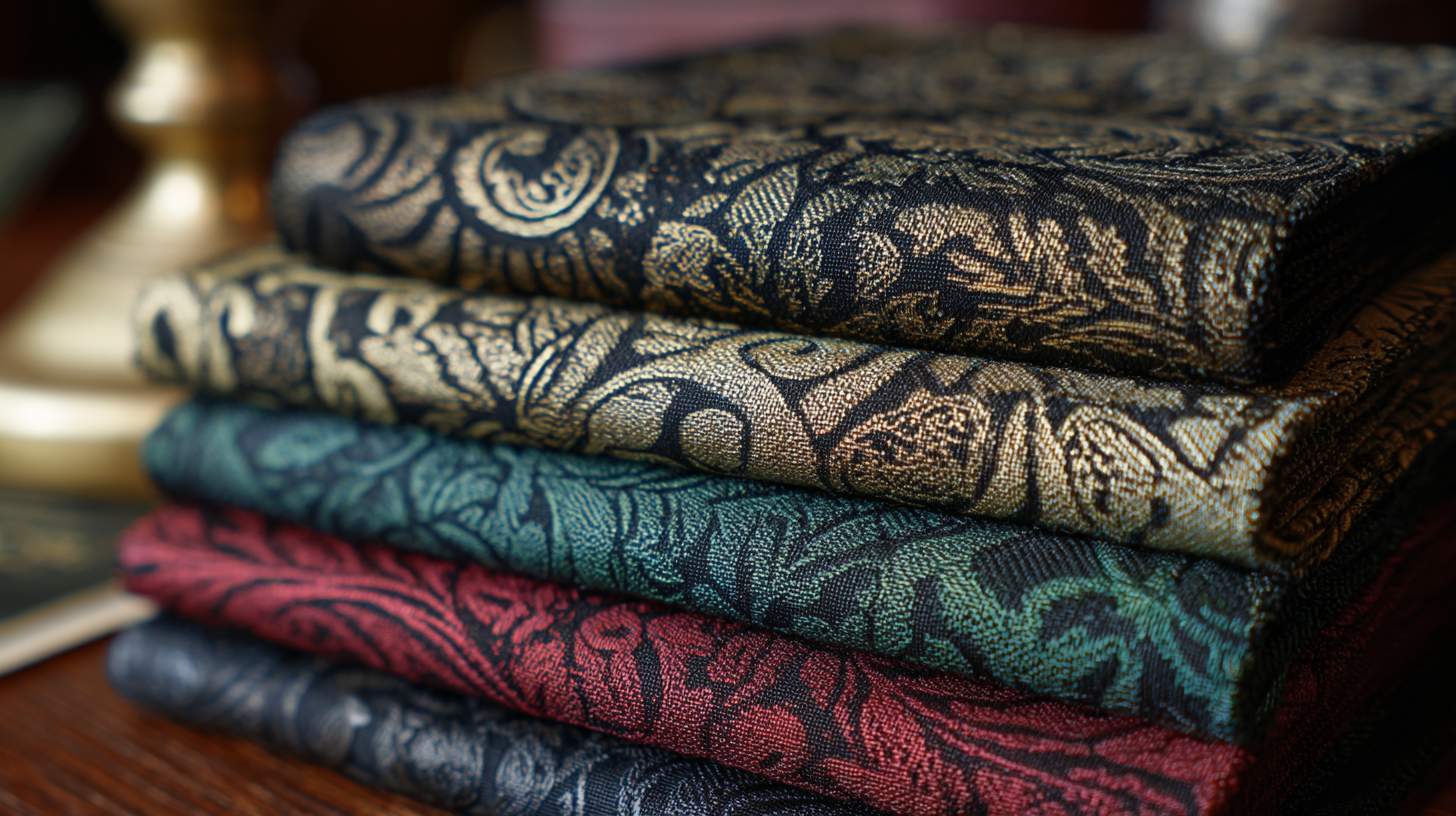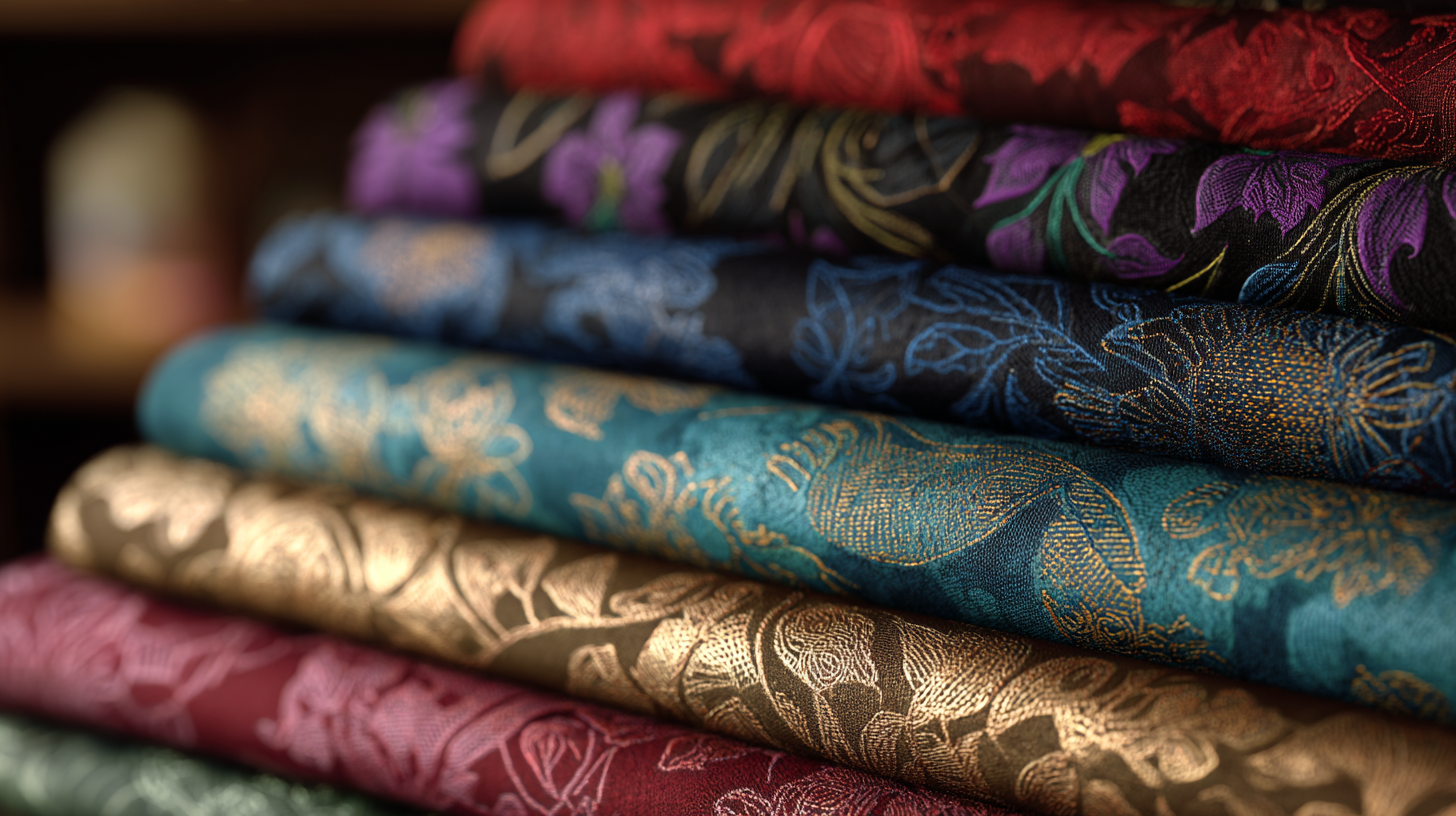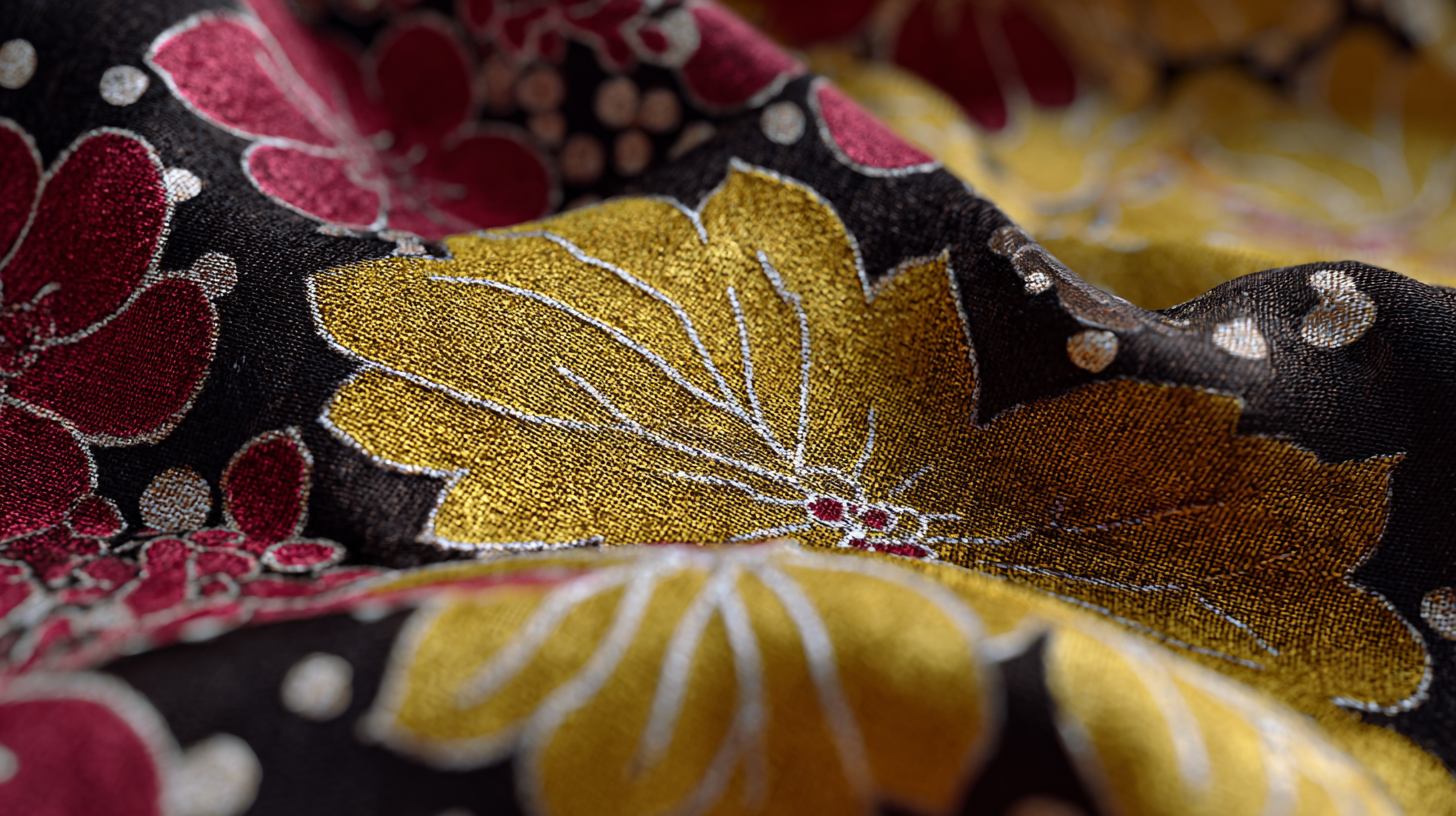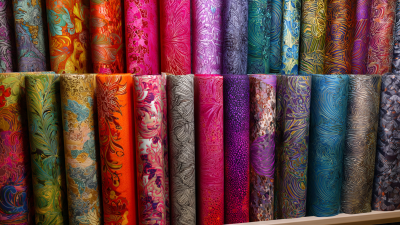In the ever-evolving world of textile design, selecting the right stamped fabric is crucial for creating unique and appealing products. According to the market research report by Allied Market Research, the global textile printing market is projected to reach $2.03 billion by 2025, with a significant shift towards custom and sustainable designs. This trend underscores the importance of understanding the various types of stamped fabric available today, as designers increasingly seek to differentiate their work in a highly competitive marketplace. Whether for fashion, home décor, or upholstery, the right stamped fabric can transform a simple concept into a striking visual statement. By considering factors such as fabric type, design intricacies, and durability, designers can ensure their creations not only stand out aesthetically but also meet the functional demands of their target audience.

When selecting stamped fabric for your unique design needs, several key factors should be considered to ensure the best outcome for your project. First, evaluate the type of fabric you need. Different materials, like cotton, linen, or synthetics, offer varying textures and durability. For instance, lightweight cotton works well for clothing and soft furnishings, while heavier canvas is ideal for bags and upholstery. Understanding the specific requirements of your project will help you choose the right base material that complements your design concept.
Next, consider the design and color of the stamped fabric. The patterns should align with the aesthetic vision of your project. Bold, vibrant prints can make a statement, while subtle, muted designs may better suit a more understated look. Additionally, take into account how the fabric’s color scheme will interact with other elements of your design—be it furniture, wall colors, or accessories. Lastly, the scale of the pattern can influence the overall impact. Larger prints can be more eye-catching, while smaller patterns can add texture and depth without overwhelming the space. By carefully assessing these factors, you can select stamped fabric that enhances your design and meets your functional needs.
When selecting stamped fabrics for your design projects, understanding the various types available in the market is crucial. Stamped fabrics can differ significantly based on their texture, durability, and the techniques used in the stamping process. Common types include foil-stamped, where metallic finishes elevate the appeal, and heat-pressed fabrics that combine texture with vivid designs. Each type offers distinct aesthetic qualities and practical functionalities suitable for different applications, whether in fashion, upholstery, or arts and crafts.
Additionally, the choice of fabric material plays a vital role in achieving the desired outcome. Options like cotton, polyester, and blends can affect how well the fabric holds the stamp and maintains its integrity over time. For instance, cotton canvases provide a robust surface for detailed stamping, while synthetic materials may offer enhanced durability and resistance to wear. Moreover, considering factors such as ease of care and environmental impact, particularly in the context of sustainable fabric choices, will further guide you in selecting the perfect stamped fabric for your unique design needs.
| Fabric Type | Material | Best Use | Care Instructions | Price Range |
|---|---|---|---|---|
| Cotton Canvas | 100% Cotton | Bags, Upholstery | Machine Washable | $8 - $15 per yard |
| Polyester Chiffon | 100% Polyester | Dresses, Scarves | Hand Wash Only | $10 - $20 per yard |
| Satin | Silk or Polyester Blend | Evening Gowns, Lingerie | Dry Clean Only | $15 - $30 per yard |
| Dobby Fabric | Cotton/Polyester Blend | Shirts, Blouses | Machine Washable | $12 - $18 per yard |
| Fleece | Polyester | Sweatshirts, Blankets | Machine Washable | $6 - $12 per yard |
When selecting stamped fabric for your unique design needs, evaluating fabric durability is essential. Durability is influenced by several key metrics, including tensile strength, abrasion resistance, and colorfastness. Tensile strength measures how much force a fabric can withstand before it tears, making it crucial for applications that require heavy wear. Fabrics with high tensile strength are ideal for items like upholstery and workwear, where resilience is paramount.

Another important factor is abrasion resistance, which indicates how well a fabric can endure friction during use. Fabrics that score high on this metric are less likely to show signs of wear and tear over time, making them suitable for high-traffic areas or frequently used items. Additionally, colorfastness is vital for maintaining the vibrancy of stamped designs, particularly in fabrics exposed to sunlight or frequent washing. Understanding and comparing these industry standards will enable you to choose the right stamped fabric that not only meets your aesthetic preferences but also stands up to the rigors of daily use.
When it comes to creating a unique design, selecting the right stamped fabric is essential for achieving a harmonious look that reflects your personal aesthetic. Start by considering the overall theme of your project. Are you aiming for a modern vibe, or do you prefer a more classic touch? Understanding the mood you want to convey will help you narrow down your stamped fabric options.
Tips: Look for stamped fabrics that offer designs resonant with your vision. For a bohemian feel, choose organic patterns with earthy tones, while geometric prints can elevate a contemporary style. Always consider the scale of the patterns in relation to your design—larger prints can make a bold statement, while smaller, intricate designs may serve as subtle accents.
Another key factor is the color palette. Select stamped fabrics that not only align with your design's core colors but also include complementary hues to create depth and interest. Incorporating fabrics with varying shades can enhance your overall aesthetic, allowing for a dynamic yet cohesive look.
Tips: To ensure compatibility, create a mood board with potential fabric swatches alongside your color palette and other design elements. This visual reference can help you see how different stamped fabrics interact with your overall design, allowing you to make choices that enhance your unique style.

When selecting stamped fabrics for your unique design needs, it's crucial to consider your budget alongside the quality of materials. Quality stamped fabrics can vary significantly in price, and understanding what drives these costs can help you make an informed decision. Typically, premium fabrics made from higher-end materials or those with intricate designs will set you back more than basic options. However, investing in better quality can lead to superior durability and aesthetics, justifying the initial expense.
Moreover, the benefits of choosing high-quality stamped fabrics often outweigh the cost concerns. Fabrics that are well-made tend to retain their color and texture longer, reducing the frequency of replacements. This means that while the upfront cost might be higher, the long-term savings can be substantial. Additionally, quality fabrics enhance the overall look and feel of a design, making it more appealing to customers or clients. Thus, when budgeting for your project, aim to balance your desire for stylish and durable materials with your financial constraints, ensuring that your final product stands out without compromising your budget.
This chart illustrates the average cost per yard of various stamped fabric types. Understanding these costs can assist in budgeting for quality materials tailored to your unique design needs.






